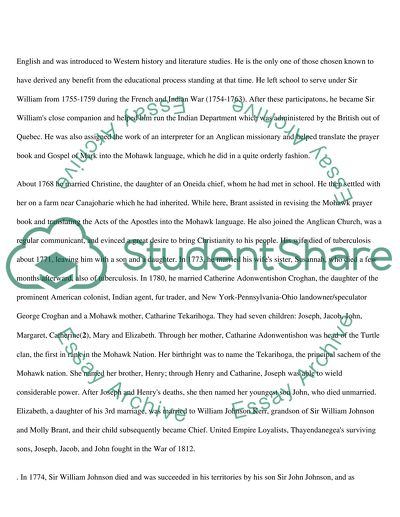Cite this document
(“Joseph Brant Essay Example | Topics and Well Written Essays - 2500 words”, n.d.)
Joseph Brant Essay Example | Topics and Well Written Essays - 2500 words. Retrieved from https://studentshare.org/history/1528599-joseph-brant
Joseph Brant Essay Example | Topics and Well Written Essays - 2500 words. Retrieved from https://studentshare.org/history/1528599-joseph-brant
(Joseph Brant Essay Example | Topics and Well Written Essays - 2500 Words)
Joseph Brant Essay Example | Topics and Well Written Essays - 2500 Words. https://studentshare.org/history/1528599-joseph-brant.
Joseph Brant Essay Example | Topics and Well Written Essays - 2500 Words. https://studentshare.org/history/1528599-joseph-brant.
“Joseph Brant Essay Example | Topics and Well Written Essays - 2500 Words”, n.d. https://studentshare.org/history/1528599-joseph-brant.


